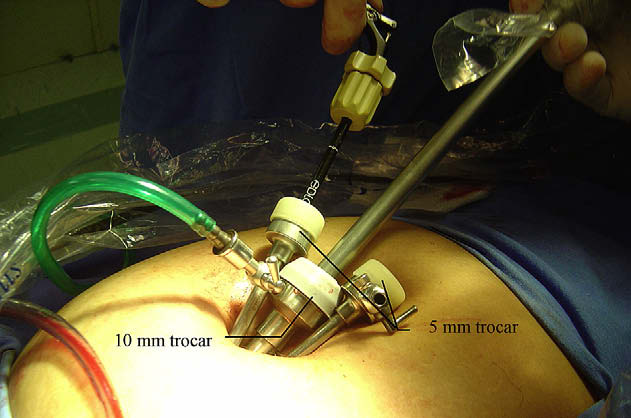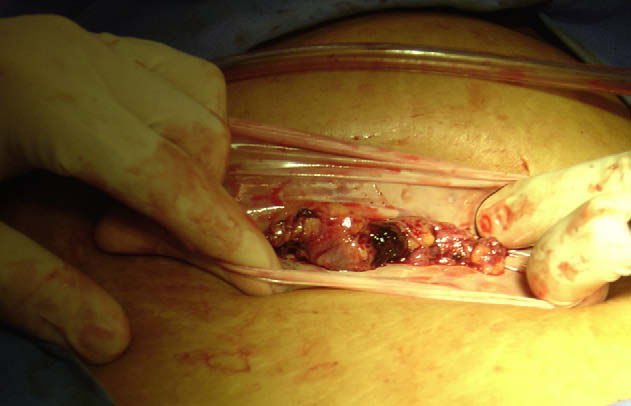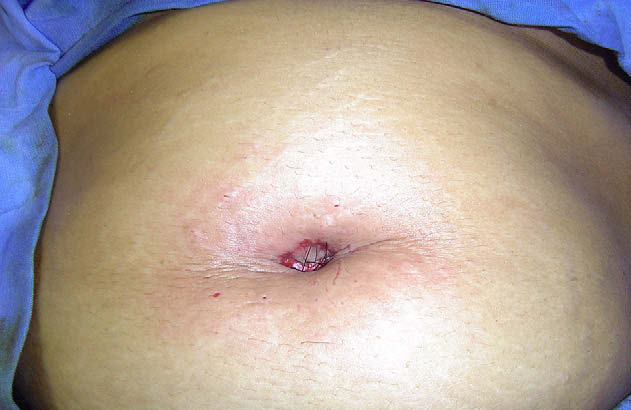reid.org.br
TERMO INICIAL DA PRESCRIÇÃO NOS CRIMES SExUAIS CONTRA CRIANÇAS E ADOLESCENTES: O AR TERMO INICIAL DA PRESCRIÇÃO NOS CRIMES SEXUAIS CONTRA CRIANÇAS E ADOLESCENTES: O ART. 111, V, DO CP (LEI 12.650/2012) Publicada na edição de 18.05.2012 do Diá-rio Oficial da União e de aplicação imediata , a Lei 12.650 trouxe nova hipótese de termo inicial texto para discussão recebido em


 Savaris. Ectopic pregnancy managed with LESS technique. Fertil Steril 2009.
Savaris. Ectopic pregnancy managed with LESS technique. Fertil Steril 2009.